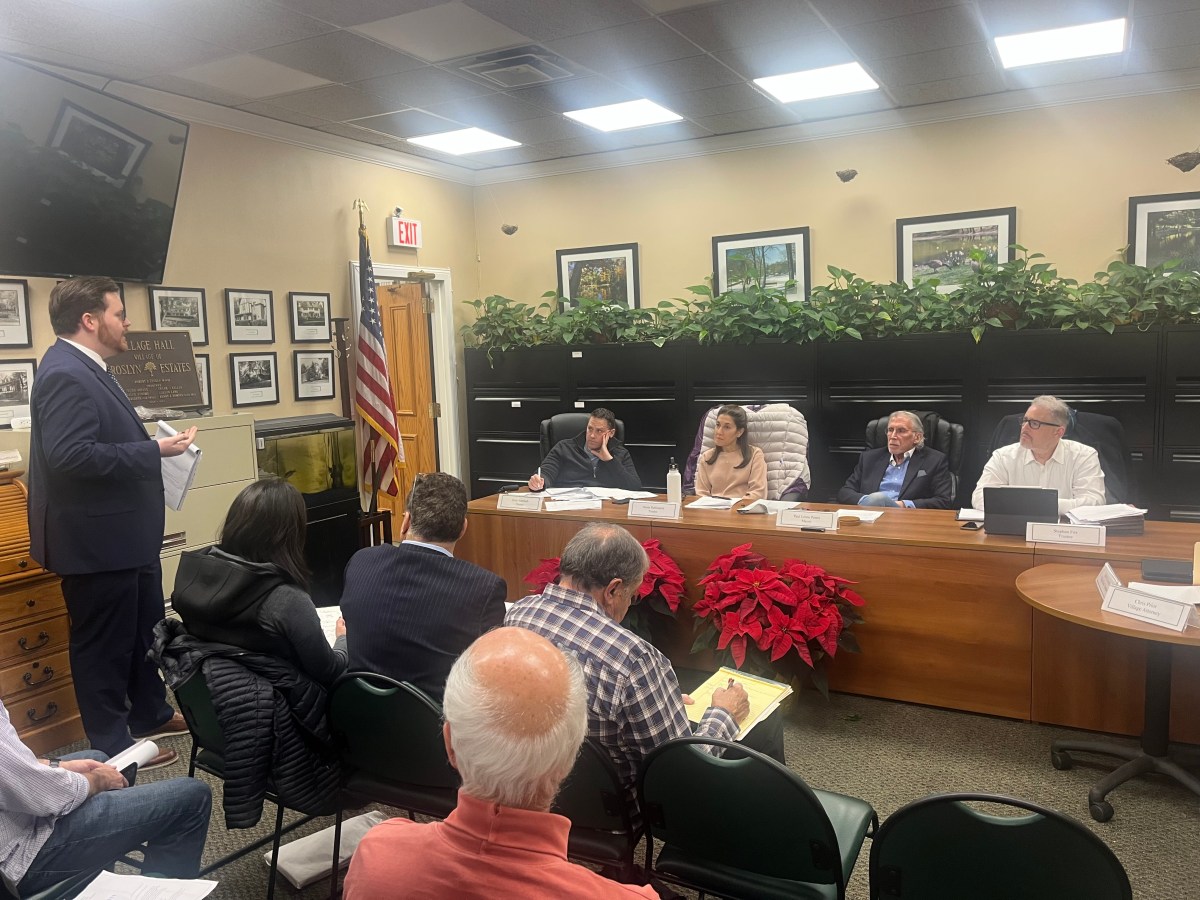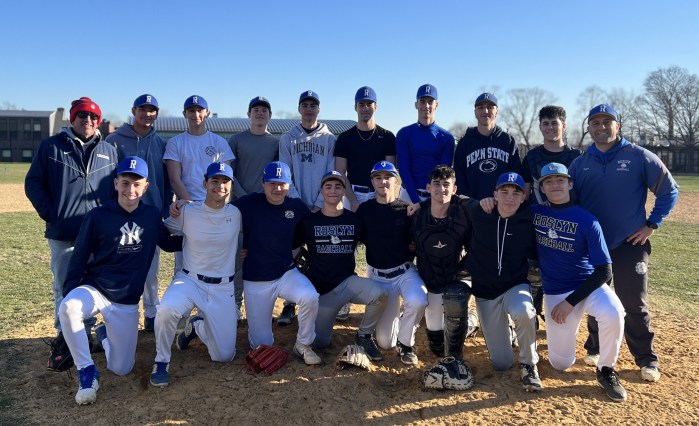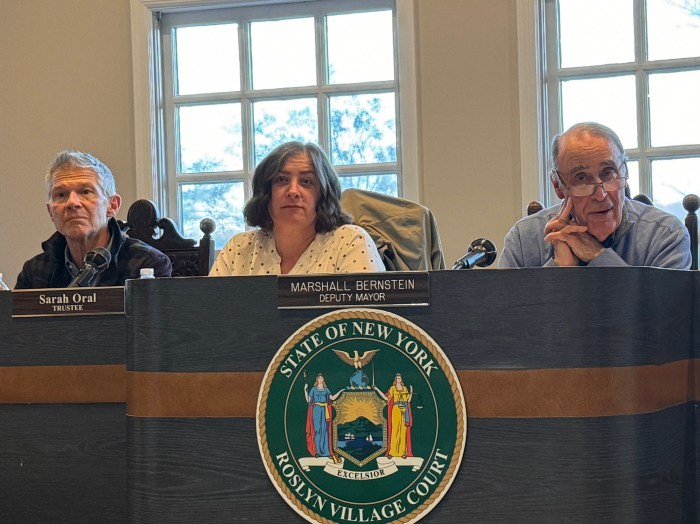The Roslyn Estates Board of Trustees unanimously voted to approve new wireless communication equipment atop the Northern Boulevard rooftop location. The application was sent in by AT&T and was approved at a public hearing at the village monthly board meeting on Dec.16.
AT&T has been operating on the rooftop of 1044 Northern Boulevard since 2019 and now plans to replace its existing equipment with updated versions. Matt Fitzgerald, a senior associate with Phillips Lytle, represented AT&T at the hearing, emphasizing the company’s need to continue utilizing the rooftop for improved service.
“A few months ago, AT&T applied to make the modifications that are the subject of this hearing. We are going to be taking some of the antennas that are already there and replacing them with a different brand of antenna,” Fitzgerald said. “The rooftop is attractive for a number of different reasons. It is the tallest building on a hill in the area so from a radio frequency standpoint it makes the most sense.”
The proposal by AT&T faced strong opposition from residents, including Michelle Bounaix, who lives directly behind the proposed location. Bounaix voiced concerns about potential health risks, saying that the antennas would point directly at her home and that she worries about radiation emissions from the equipment.
“Right now we have a very active cancer case in our home, and that’s why I am so crazy passionate about this. Everyday I have to look up at these antennas and think what could this be causing us,” Bounaix said. “These things are less than 35 feet above my head, where we all sleep, so I would like to have these moved to the northern part of the building because the radiation levels drop exponentially.”
Andrew Campanelli, an attorney with Campanelli and Associates, was there representing Bounaix and spoke about how the radiation levels emitted at this location is one of the worst cases he has ever seen and a danger to the people working in the building and living around it.
I have handled these cases for 30 years, and the two worst I have ever seen were one in California, where the transmitter increased exposure limits by 400% to 600%, and this one,” Campanelli said. “According to the applicant’s own engineer, the transmitters in the center of this building exceed general population exposure limits by 4,000% up to a distance of 38 feet.”
Fitzgerald countered Campanelli’s claims, citing three separate reports—including one from an independent engineer hired by the village—that confirmed the site operates well within FCC exposure standards, at 59% and 2% of permissible limits.
“The pinnacle report showed what the industry standard is and that we fit in that standard. We went a step further and did a much more detailed analysis,” Fitzgerald said. “Then the village went a step further and hired an outside consultant, so either four engineers completely missed this or it’s the case that expert testimony is expert for a reason.”
Michael Fischer, the director of engineering with CenterlineCommunications, also attended the hearing to support the statements made by Fitzgerald, saying that replacing the equipment will have no effect on the power levels of the rooftop.
“It’s a brand change, a lot of sites are undergoing this change. It is just like a swap of one manufacturer of the equipment to another,” Fischer said. “There’s not going to be this drastic increase in power from the equipment that AT&T is proposing to install. If the neighbor measured in her home today, or measured after the upgrades, the power levels coming from AT&T wouldn’t be drastically different.”
After closing the hearing, the board entered executive session and unanimously approved AT&T’s request, concluding the contentious debate.

































